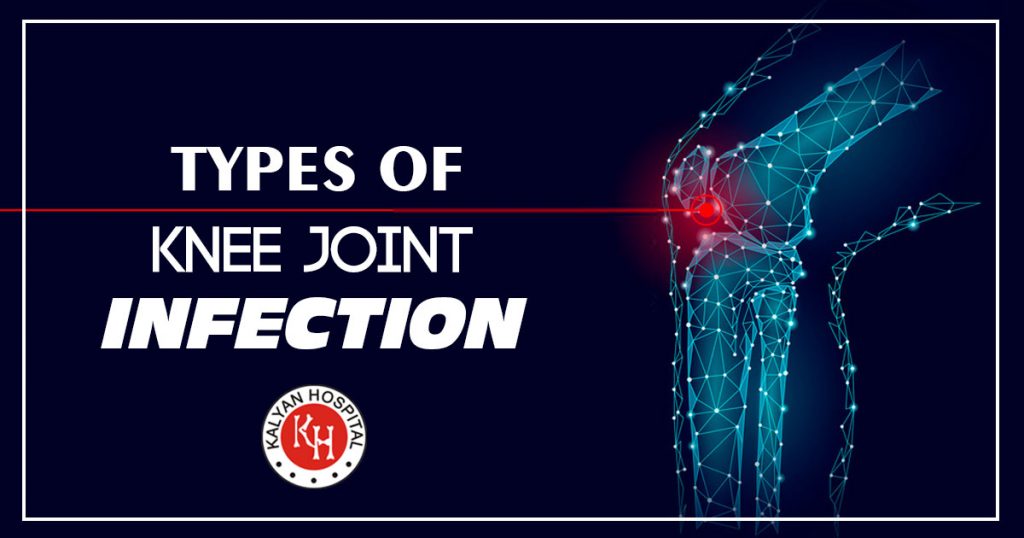[vc_row][vc_column][vc_column_text]
Knee infection is a medical condition that needs treatment immediate and aggressive. The knee is lubricated by synovial fluid which gets contaminated by bacteria. Knee infection can occur due to various reasons. In this guide, we have focused on different types of knee joint infection.
Knee joint infection is a serious problem. Its symptoms include swelling, fevers, and redness. The treatment depends on the location and type of infection. The most serious infection is when it is inside the knee joint because the body’s immune system is not able to fight the infection.
Types of Infection in Knee Joint
Septic Joint
The septic joint means the infection is present in the joint space. Normally, the joint is connected by 2 bones and covered with cartilage. It has an envelope of fluid known as synovium which lubricates the joints. When the infection triggers in this place it is quite difficult to treat the condition. If the joint is infected then it can trigger swelling, warmth, and problem while moving the knee.
The ortho doctor will give the treatment according to the type of bacteria-infected the joint. If the issue is not treated at the right time it can result in serious complications like bone erosion, connective tissues getting stiff, and even death. Make sure you consult the doctor whether knee replacement is the right option for you or not.
Infection occurred after surgery
With any surgical procedure, the chances of infection are there. Mostly the infection is there when there is reconstructive knee surgery as the tissue grafts are present. No doubt, the risk is very low. As per research, only 0.37% experienced this problem.
If infection triggers then its symptoms are septic joint and then a second surgery is needed to clean the infection.
Bursal Infection
This is referred to as knee bursitis which is swelling on the kneecap top. The brusa is in a joint front not within the joint. Due to cut or abrasion, it can get infected and its symptoms are redness, swelling, and pain. Make sure you visit the doctor and when the problem is diagnosed early antibiotics are given. In more advanced cases, surgical incision or needle is used so that bursa is drained.
Cellulitis
This condition occurs when the infection is in the skin-deep layer. Due to this, the swelling and redness of the legs are caused. The infection enters deep into the skin due to cut, insect bite, or scrape.
If the patient is having diabetes then also infection can occur as the immune system is not working properly. It is best to know the symptoms at the right time so the condition does not proceed further.
If the patient does not get the treatment then infections worsen and this makes it enter the bloodstream and it can be life-threatening.
So, do not avoid the situation and consult the doctor at the right time to prevent the issue right away.[/vc_column_text][/vc_column][/vc_row]



























